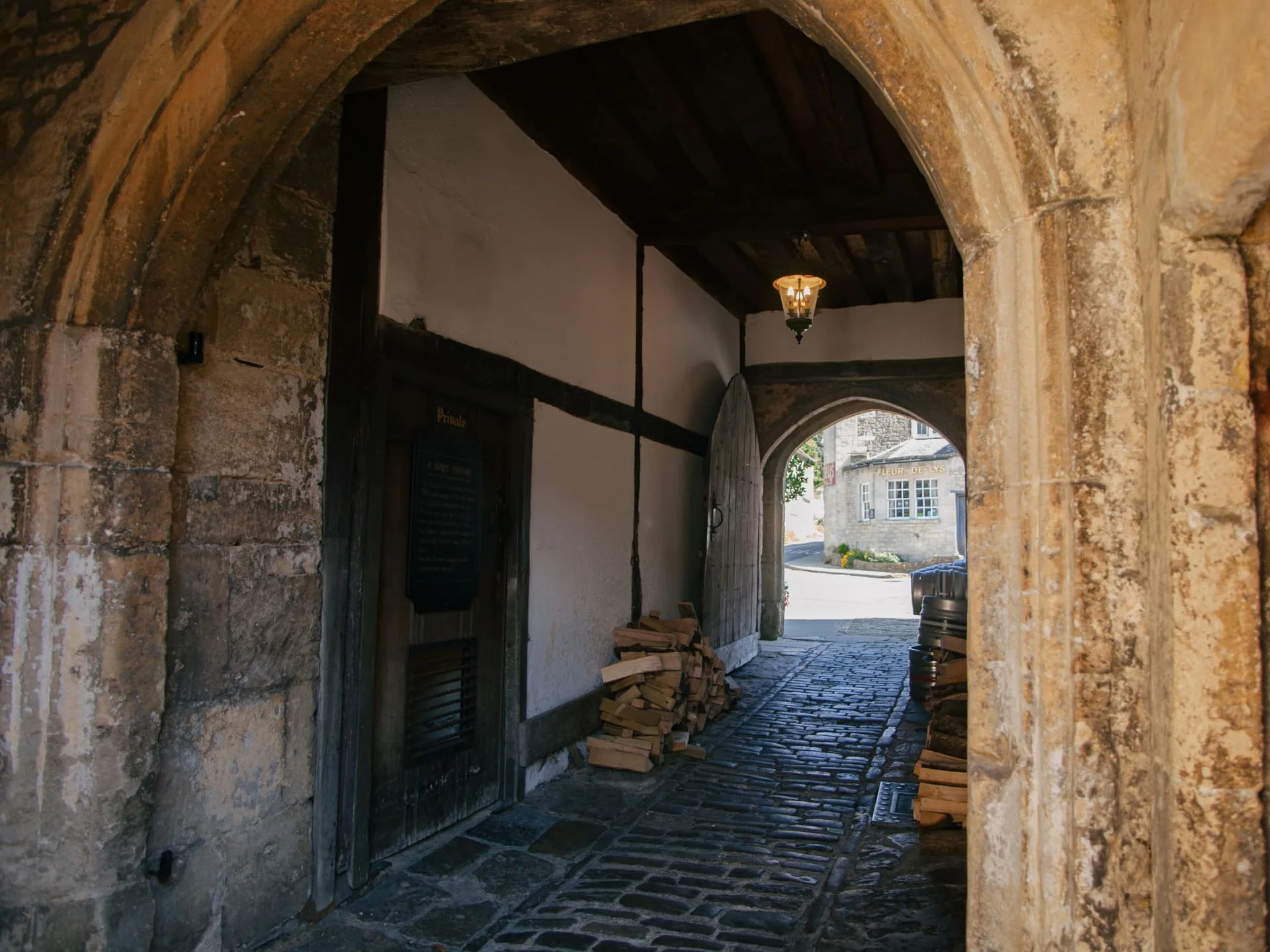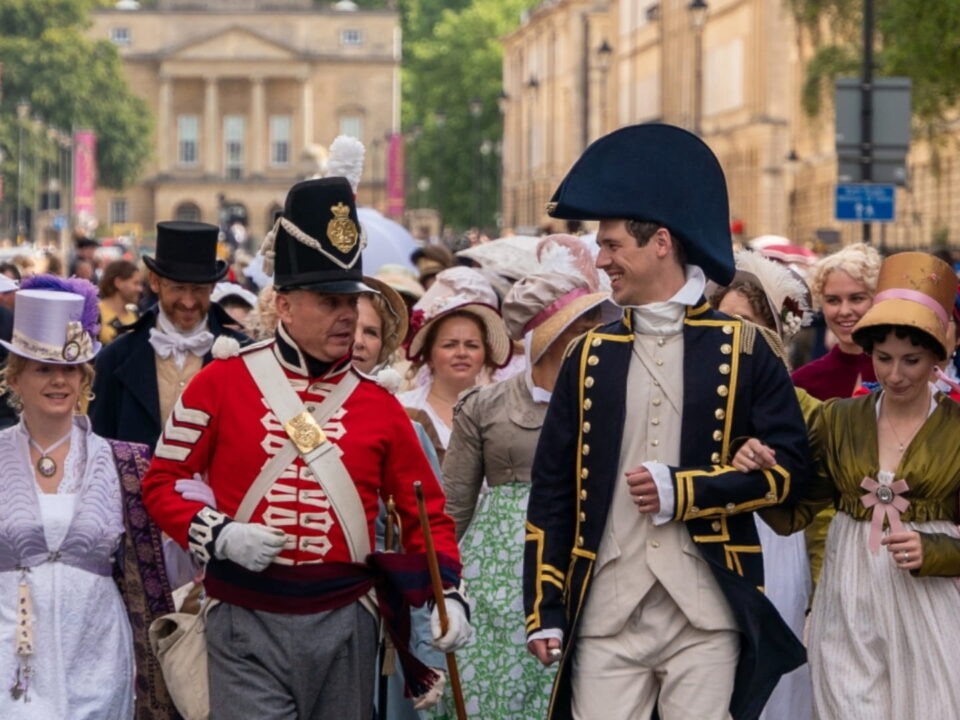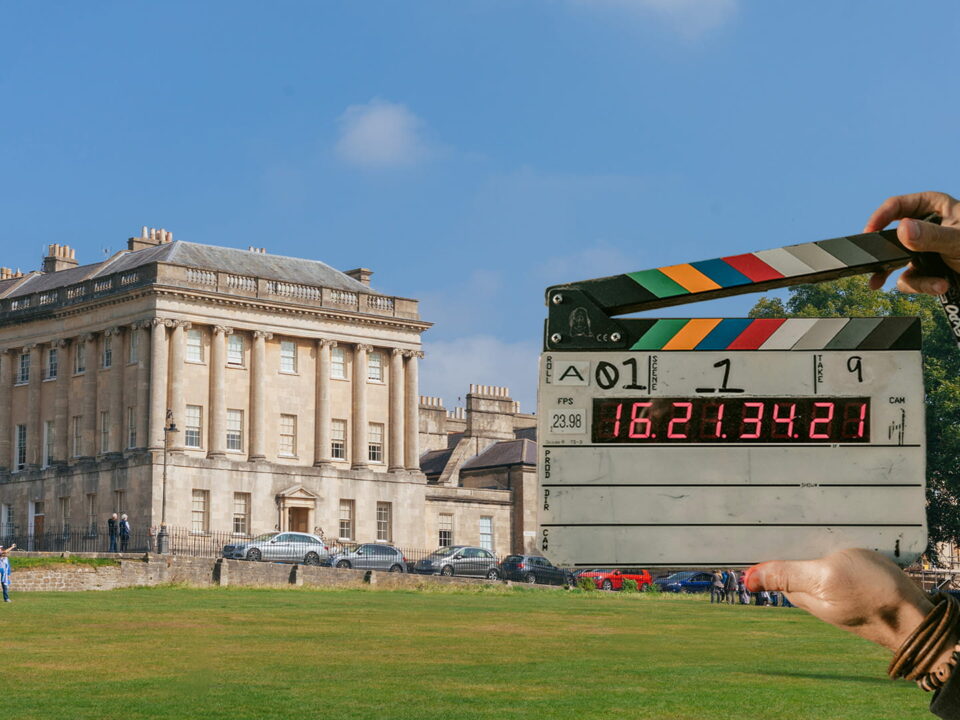
Top 10 Attractions In & Beyond Bath
October 8, 2020
Top 10 Luxury Places to Stay In & Beyond Bath
October 21, 2020Top 10 Hidden Gem Attractions
In & Beyond Bath

1) No 1. Royal Crescent
The Georgian Marvel
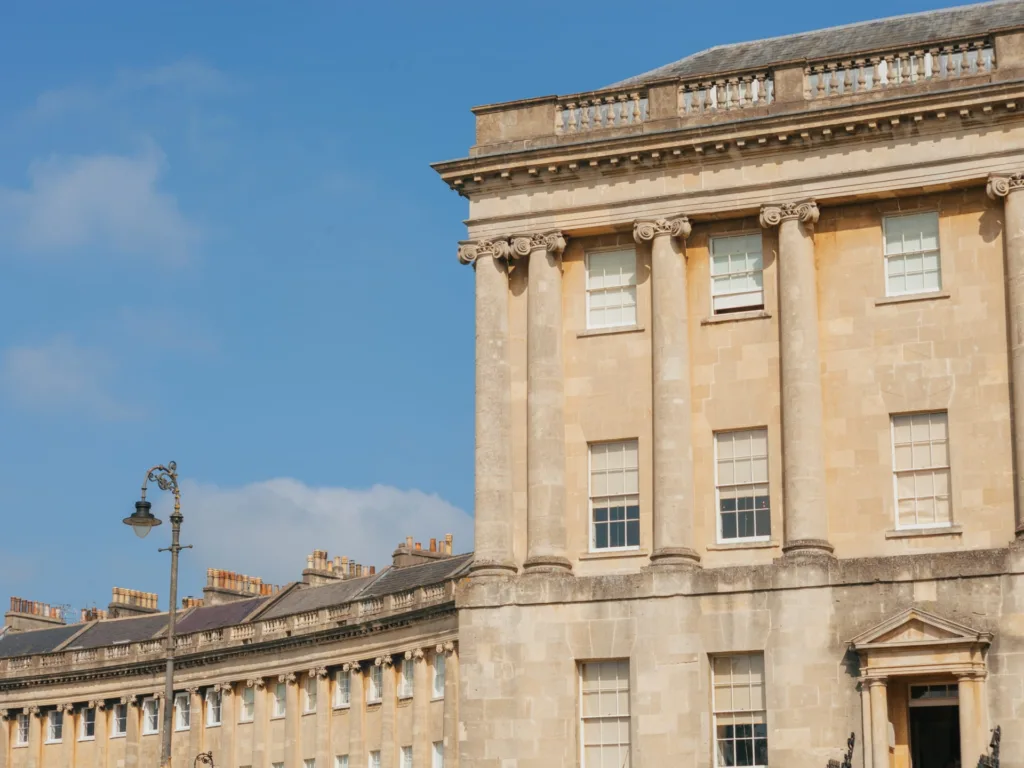
Why Visit? Experience Georgian elegance at its finest.
Arguably not a hidden gem as this is one of Bath’s most popular museums, it is nonetheless missed by the majority of visitors to Bath and is thus worthy of incorporation into our list. No.1 Royal Crescent was completed in 1774 as part of the Royal Crescent, Bath’s most celebrated and impressive Georgian building, and gifted to the city in recent times.
The Royal Crescent represents Bath’s high-point as the centre of culture and glamour in Georgian Britain, a time when Britain stood on top of the world. The house has been fully restored to reflect its appearance at the time it was built. For history buffs and Jane Austen fans alike, No.1 Royal Crescent offers you the opportunity to step back in time to an era when breaches, tails, empire lines, and bonnets were indubitably most pleasing, and most certainly what anyone of any means at all would wear.
2) The Museum of Bath Architecture
Unveiling Bath’s Architectural Legacy
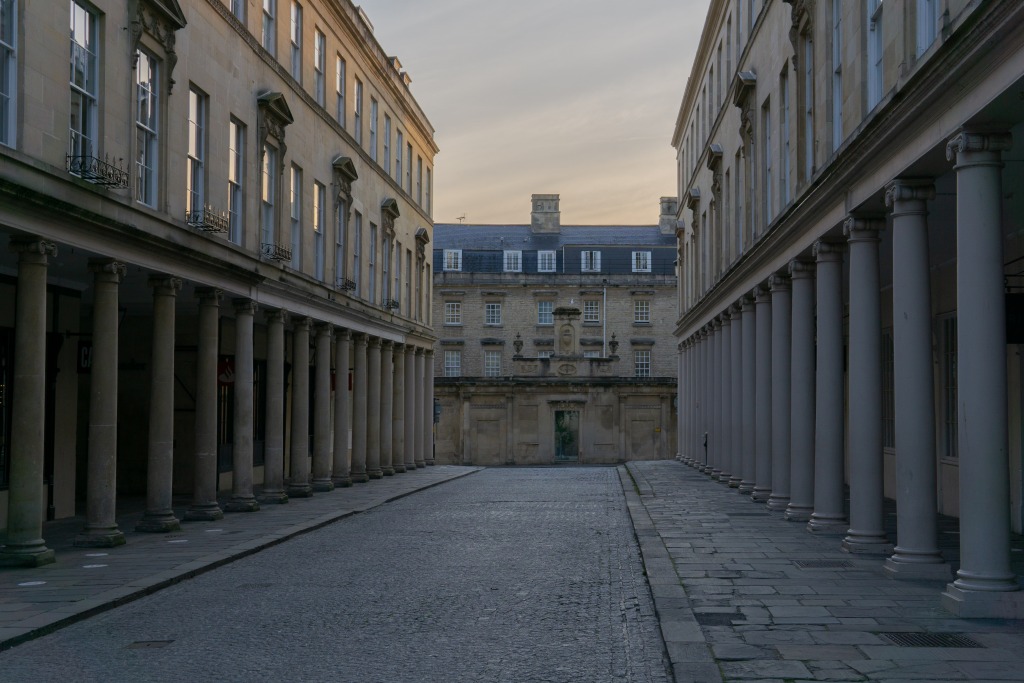
Why Visit? A deep dive into the transformation of Bath’s skyline.
Bath is a world heritage city on account of its astonishingly well preserved Roman baths and its Georgian architecture. In the mid to late 1700s, Bath’s fortunes were transformed and it went from being a small, squalid city popular with lepers ‘taking’ the spring waters in the hope of a cure, to becoming the most fashionable and avant-garde city in the whole of England and possibly the world.
The tiny, hidden away Museum of Bath Architecture documents this monumental shift in architecture that mirrored the rapidly changing society and tastes that accompanied Britain and Bath’s rise to pre-eminence. Located in a rather special former chapel, the museum houses artefacts, images, and information that anyone with a passing interest in history, architecture, and town-planning will find fascinating. Furthermore, the museum’s miniature model of the city based on Georgian Bath is fascinating and is alone worth a stop.
3) Bradford on Avon
A Quaint Riverside Town
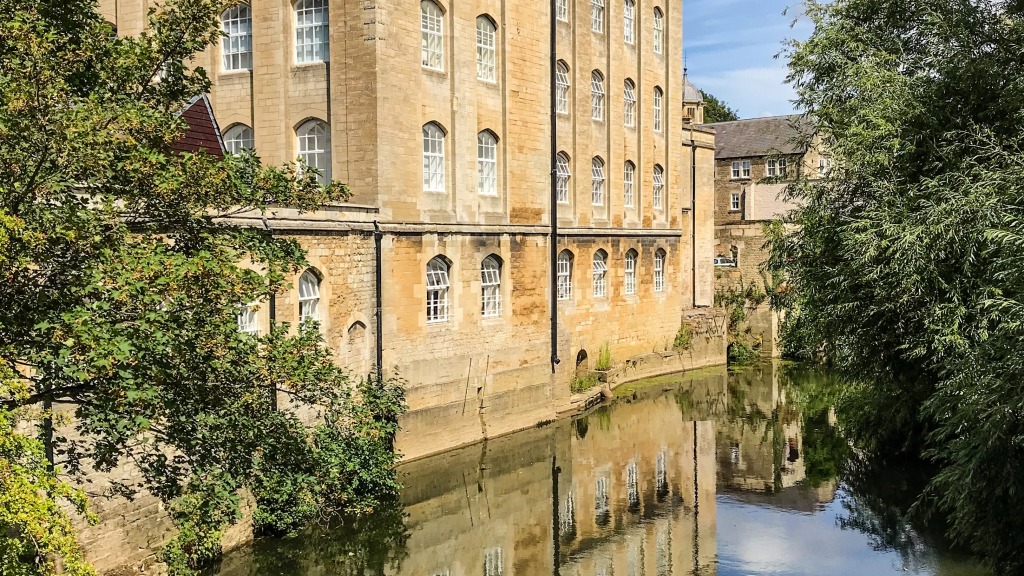
Why Visit? A charming alternative to Bath with Saxon history and scenic walks.
The small, historic town of Bradford on Avon is just 6 miles south-east of Bath and only 15-20 minutes away by train. In many ways, it is a smaller, more intimate version of Bath, and its history closely mirrors that of its bigger neighbor. The town has been occupied for thousands of years, and in recent times, one of England’s most impressive Roman mosaics was accidentally discovered when diggers began to pull up the local school’s playing field as part of a new housing development. There’s little else left of the Roman era, but the town does boast a multitude of wonders from subsequent periods.
One of my favourites is the Church of St Lawrence – an exceptionally rare, and atmospheric, example of a Saxon church, and one only rediscovered in the Victorian era. The town sits alongside the River Avon, hence the name, ‘broad ford’. Whilst successful throughout the middle ages due to wool, it experienced a golden era, like Bath, in the 1700s and early 1800s. This was when cotton and other industries such as rubber set up alongside the river for export to London, Bristol, and then on to the rest of the world, as the British Empire and subsequent trade grew.
Today the town is impossibly pretty, with stunning views available from the Cotswolds stone weavers cottages that look down from above the river as well as a plethora of fabulous attractions and walks emanating out from the town centre. Worthy of attention is the Kennet & Avon canal with its fascinating canal lock at the heart of the town. From here there is a simply delightful walk to the Dundas Viaduct, a mile or two distant, that offers the prospect of a tea room or pub stop should you fancy some refreshments before you turn around, following the Avon River back into town again.
The municipally managed medieval farm and tithe barn are evocative and atmospheric, with the farms’ former stables now converted into a series of small, independent arts and crafts stores. Fabulous food and drink options, including England’s ‘oldest tea rooms’, mean that there’s plenty to see and do in Bradford-On-Avon for those willing to invest a languid day exploring the town.
4) Wellow
Gateway to the Cotswolds
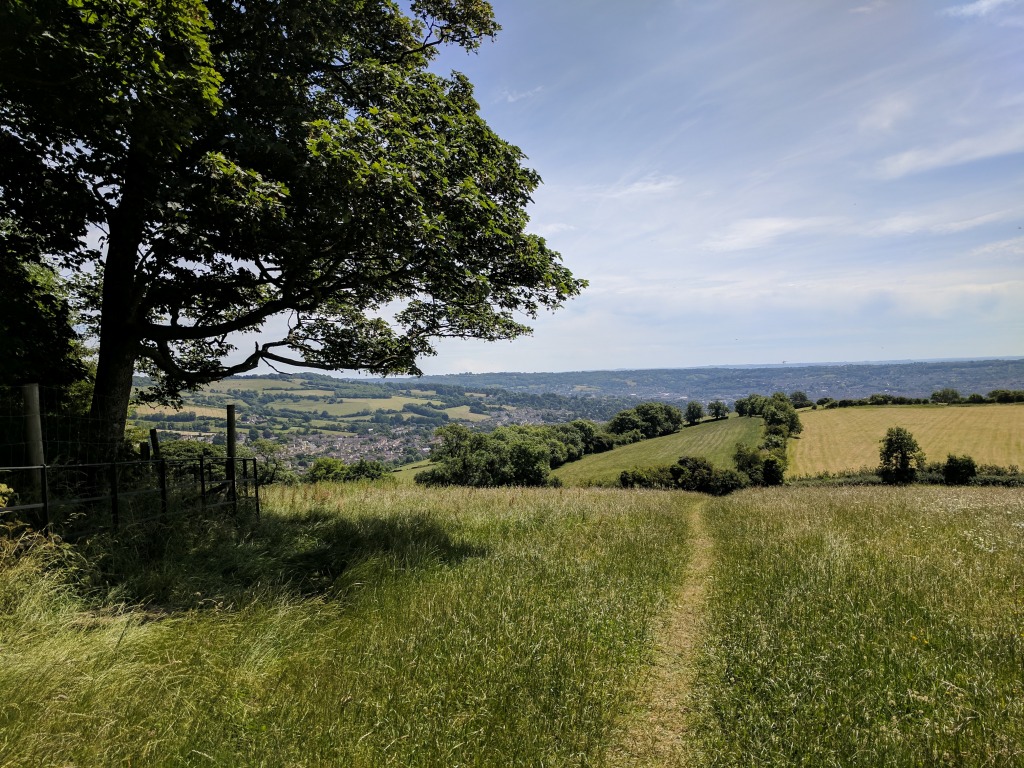
Why Visit? A postcard-perfect village with ancient history.
The village of Wellow, just a couple of miles south of Bath, marks the south-western tip of the Cotswolds. It is an historic, beguiling, and hilly region of England that extends from here northwards and eastwards, crescent-shaped, finishing just before reaching Stratford-upon-Avon and Oxford. Lying in a gentle valley amongst the Cotswolds hills, the village is unbelievably pretty and romantic, with a stunning medieval church replete with medieval effigies and a rather impressive and well-preserved rood screen (a Catholic feature that was often ripped out of churches during the English reformation 500 years ago.
The town is also home to a lovely pub, the Fox and Badger, and offers a rather spectacular circular walk to a prehistoric wonder. The 5500-year-old long-barrow, or burial mound, at Stoney Littleton was used by our ancient Neolithic ancestors to bury their dead. It sits atop a nearby hill with views across the valley past sheep and farms, down to Wellow below. The walk along footpaths and a single-carriage country lane is breath-taking, providing a quintessentially English experience for those willing to escape the city, but not keen on walking miles in remote regions or requiring a detailed map. Getting to Wellow by public transport is time-consuming and requires changing buses so the best way to get there is by car or taxi. It’s easy to get dropped off and arrange a taxi back at the pub, or by phone of course!
5) Skyline Walk & Prior Park
The Best Views of Bath

Why Visit? Stunning panoramic views and historic landscapes.
The Skyline walk in and out of Bath from the top of Prior Park gardens is one of those things that is beloved by those in the know, but that not enough visitors encounter. Set to the south-side of the city, the skyline walk takes ramblers across the tops of open, publicly-accessible fields, with views down to Bath and the river below. On a good day, the view is simply breath-taking and the walk exhilarating.
Prior Park, the former home of Ralph Allen, the man who invented the modern postal system, sits prominently above Bath so that the man could look down upon his favourite city whilst allowing the great and good to look up and admire his stately pad.
The house today is a boy’s boarding school, but the grounds and gardens are owned and managed by the National Trust. Both the Skyline Walk and Prior Park are easily reached by regular buses heading up their respective hills, so it’s easy to get to both and then head back down into the city at a leisurely pace, admiring the picturesque setting and often passing sheep on the way down.
6) Paddle Boarding on the River Avon
A Different Perspective
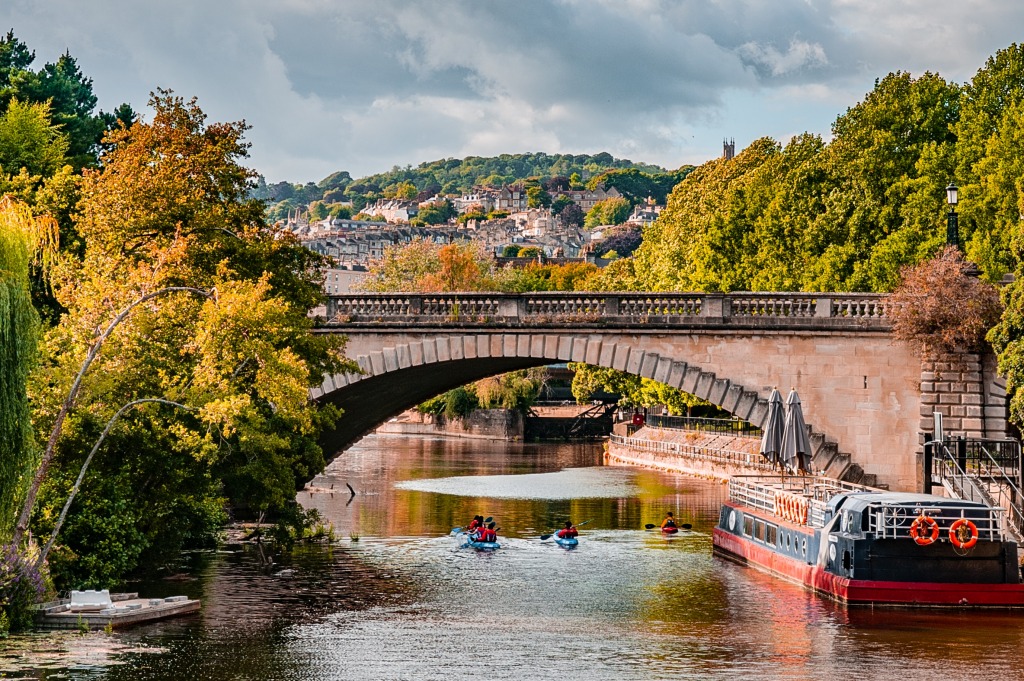
Why Visit? See Bath from a new angle while enjoying an outdoor adventure.
Whilst the region surrounding Bath abounds with outdoor activities, such as caving, walking, rock climbing, and shooting, Bath itself has traditionally been viewed as a rather more gentile destination. The team at Original Wild initially set up shop offering paddleboarding on the river in the heart of Bath, aimed at those seeking a rather more adventurous and alternative experience of the city.
Today they offer all manner of activities in and around the city, including personalised packages and treasure hunts, as well as all the things already mentioned above. For those looking for an active escape over the more traditional city break experience, this is the company for you. You'll get to explore the city from a different perspective full of fun and laughter.
7) Frome
A Creative Market Town
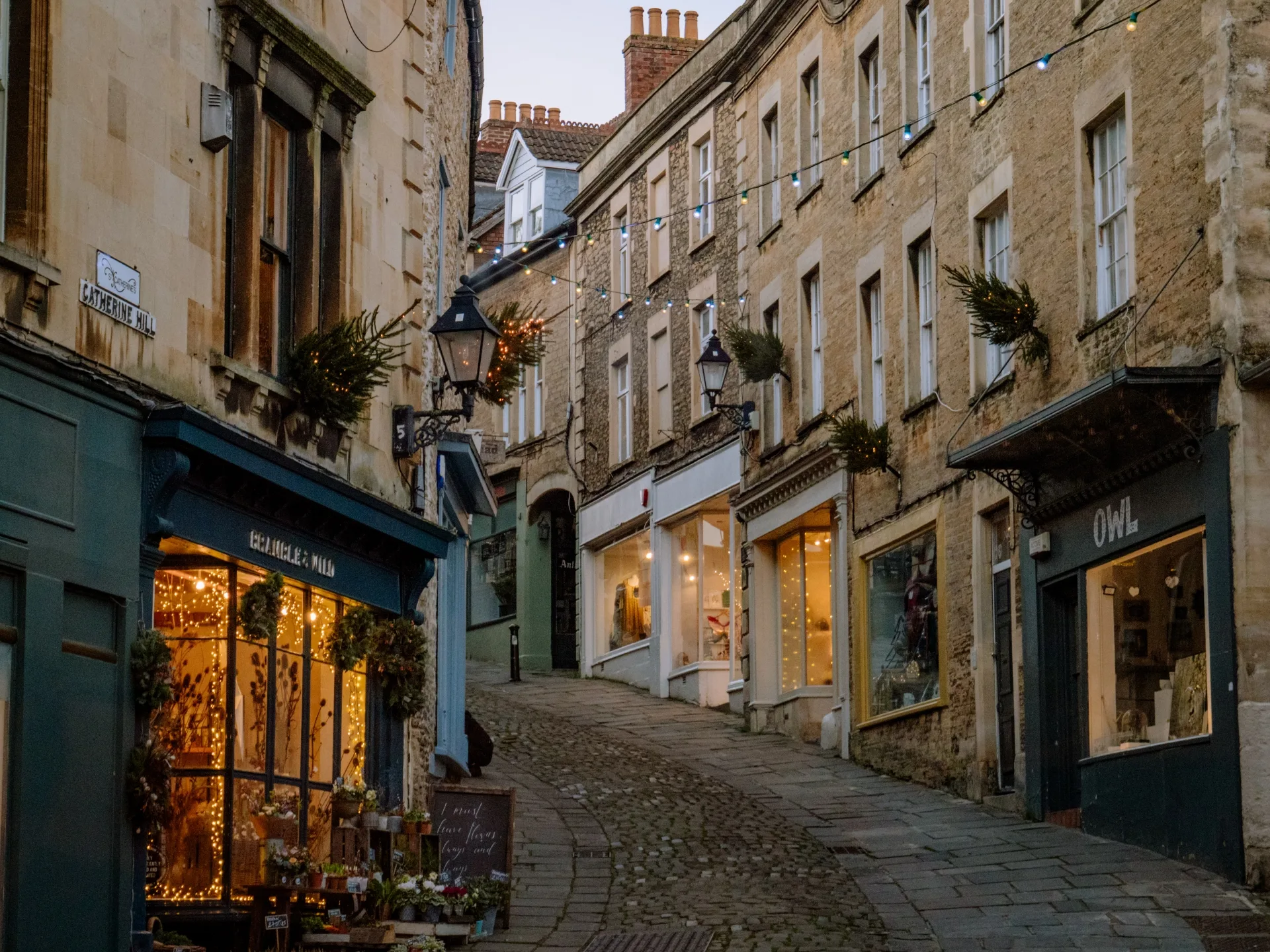
Why Visit? A vibrant blend of history, arts, and independent spirit.
The historic, medieval market town of Frome, just 15 miles south of Bath, has enjoyed a remarkable renaissance in the past two decades. Suffering from post-industrial decay at the turn of the millennium, Frome has blossomed into an oasis of creativity, community, and progress. Blessed with stunning historic streets and buildings, creatives and alternatives flocked to Frome attracted by its value and the opportunity to do something different. This influx has had a huge impact on the town and its community.
15 years ago, the town’s residents decided to reject party politics at a local level to push for a fully independent town council, arguing that party allegiances should not play a role in local politics. The town has continued to thrive with a wealth of independent, alternative, and creative businesses setting up shop in the town. The town boasts two theatres, a nationally recognised music venue (the Cheese and Grain – a former brewery) as well as a host of smaller venues and galleries. It also hosts a wildly successful and much visited monthly market on a Sunday.
It’s a great place to wander from store to store, meet locals, chat, enjoy coffee and great food, and soak up the ambiance of authentic England. Frome is close to perfect with how it marries the old and the new together, and I for one am a huge fan of both the town and its citizens’ enlightened approach to managing it.
8) Little Solsbury Hill
Arthurian Legends and Panoramic Views

Why Visit? A historic hilltop with Arthurian connections and breathtaking views.
This familiar name (a result of Peter Gabriel writing a song about it after growing up beneath its steep banks) is one of the most enchanting and enigmatic prehistoric sites in the Bath region. Solsbury Hill lies just a few miles west of central Bath (an easy bus or taxi ride away) and offers unrivalled views of Bath (and its city lights), and the surrounding Cotswolds countryside. Whilst a quiet, open refuge for walkers and sky-larks today, the hilltop likely played a seriously significant role in Britain’s early history.
During the iron-age, the hill-top was an important hill-fort, with several banks and ditches being built around its sides to repel invaders. These prehistoric inhabitants also built strong stone walls to defend the summit with the remains of these two-millennia-old walls still visible today. The hill-fort was abandoned following the Roman invasion in the 1st century AD/CE, but once the Romans departed Britain in the 5th Century, it quickly became a prized fortification again with the hill possibly being the site of the fabled King Arthur’s greatest victory.
In around 500AD/CE, Arthur, leader of the native Celtic factions, fought the battle of Badon Hill against the ever-encroaching Anglo-Saxon invaders that were slowly spreading west and would later become ‘the English’. Arthur’s victory here was so savage and one-sided it stopped Saxon expansion for a generation. Today, Solsbury Hill exudes peace and serenity, offering breath-taking views in every direction – a fabulous excursion for those seeking an escape from the urbane.
9. Great Chalfield Manor & The Courts
A Timeless Escape
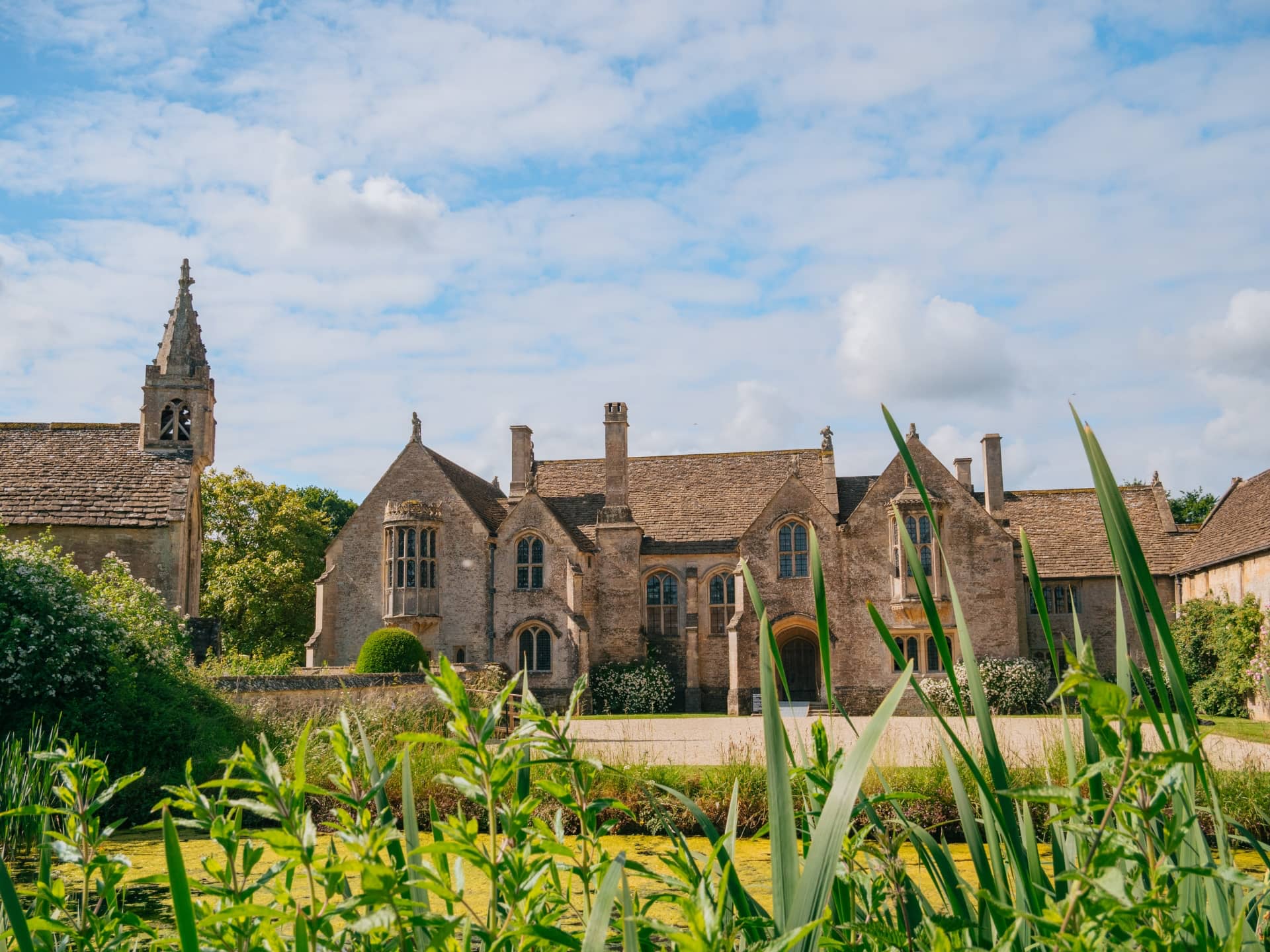
Why Visit? A Tudor manor with enchanting gardens.
One regularly overlooked reason to visit the Bath region is the sheer number and variety of remarkable historic houses and gardens open to the public surrounding Bath. The National Trust, Britain’s largest charity, maintains sites all over the country, but there is a notable density of intriguing properties within 30 minutes of central Bath. The more well-known National Trust sites, such as Lacock Abbey, Dyrham Park, and Stourhead Estate and Gardens are well known nationally and attract impressive numbers of visitors year-round. However, there are a few National Trust hidden gems close by that most visitors miss and are definitely worth a visit for those who love all things historic or horticultural.
At the top of the list is Great Chalfield Manor. This tucked-away, moated, medieval home was deliberately built away from the main thoroughfare in order to maintain a low profile during the War of the Roses in the 1400s. Lovingly restored in the 19th Century, Great Chalfield Manor offers a unique insight into a medieval home. Furthermore, its owners (who still live in the latter addition to the house) have spent years restoring the Arts & Crafts garden, making it an ideal visit for both history buffs and garden lovers.
Just around the corner from Great Chalfield Manor, in the village of Holt, lies The Courts. A beautiful Georgian house in its own right, it's the gardens that make it a National Trust treasure. They were laid out in the early 1900s by architect George Hastings and continued by subsequent owners until the Trust took over guardianship in the 1940s.
These gardens are formal in nature, with each section different to the last, making for a charming adventure around every corner. The gardens are abundant with water features, elegant sculptures, and delicate flora and offer a delightful escape for garden, beauty, and nature lovers alike. The attached tea room is also worth a mention as the cream tea is to die for!
10) The Kennet & Avon Canal
(between the River Avon and Sydney Gardens)

Why Visit? A scenic route through Bath’s countryside.
Bath is rightly known for its Georgian architecture and Roman Baths, but one of its most aesthetically impressive aspects derives from a more industrial past. The Kennet and Avon Canal was constructed at the end of the 1700s and into the early 1800s in order to connect the industrial ports of Bristol in the west, and London in the east, with a waterway that would allow the transport of heavy goods between the two.
Two hundred years ago, the canal would have been a bustling trading route with barges being pulled along the waterway by sculpted shire horses along the towpath. But today, the old wharfs and warehouses are gone or converted, and the mile-or-so length of canal between the river Avon and Sydney Gardens, behind the Holbourne Museum, offers a spectacular and insightful walk into another aspect of Bath’s story.
Watch leisure boaters navigate the numerous canal locks as the canal climbs away from the river Avon; enjoy the dainty wrought iron footbridges that cross the canal at points; or admire the gentle pace of life beside the still, glassy surface of the canal’s watery road.
Summary
We hope that you enjoyed discovering a few of our favourite hidden gems and undiscovered treasures that lie In & Beyond Bath. As passionate locals, committed to celebrating and sharing the best of our local region, we only share those places that we truly feel are special. However, if you feel that we’ve missed something out, or that you have a suggestion connected with visiting Bath and the area that fits our criteria of great service, great place, great team, great values, great experience, please do drop us a line on our social media platforms using the handle @inbeyondbath.
Warment regards,
Jules Mittra & The Team

ABOUT THE AUTHOR
Jules Mittra
Ex-history teacher & tour guide, he has both academic insight as well as on-ground expertise.






